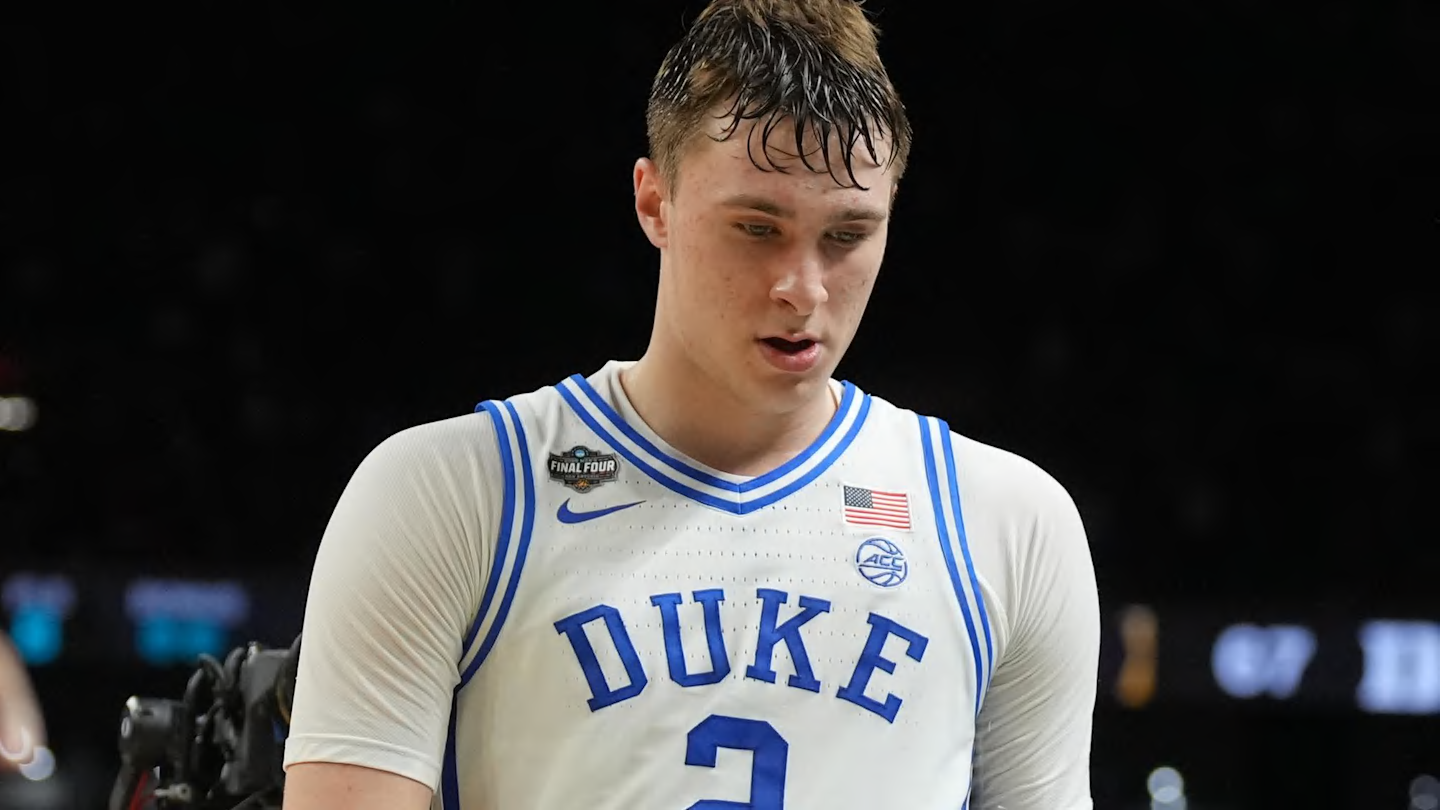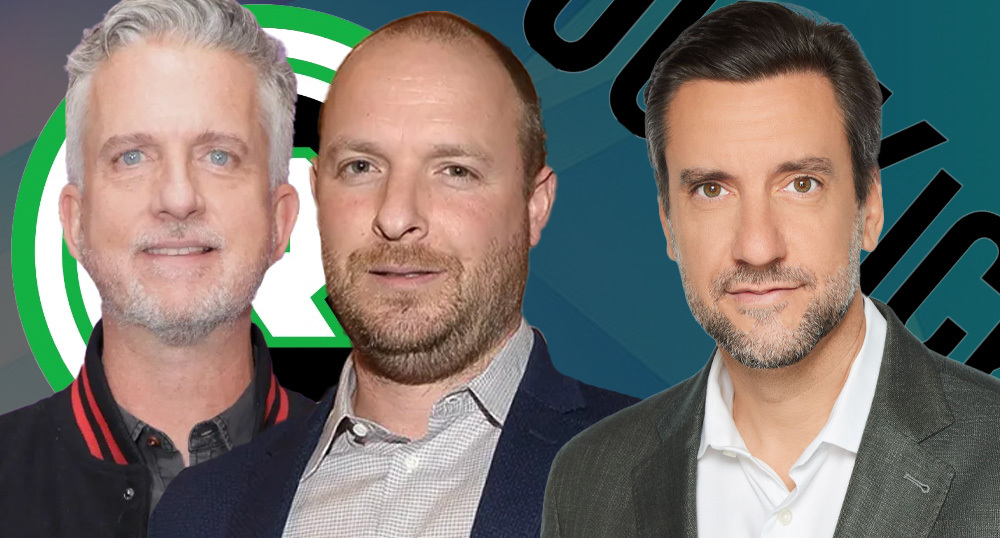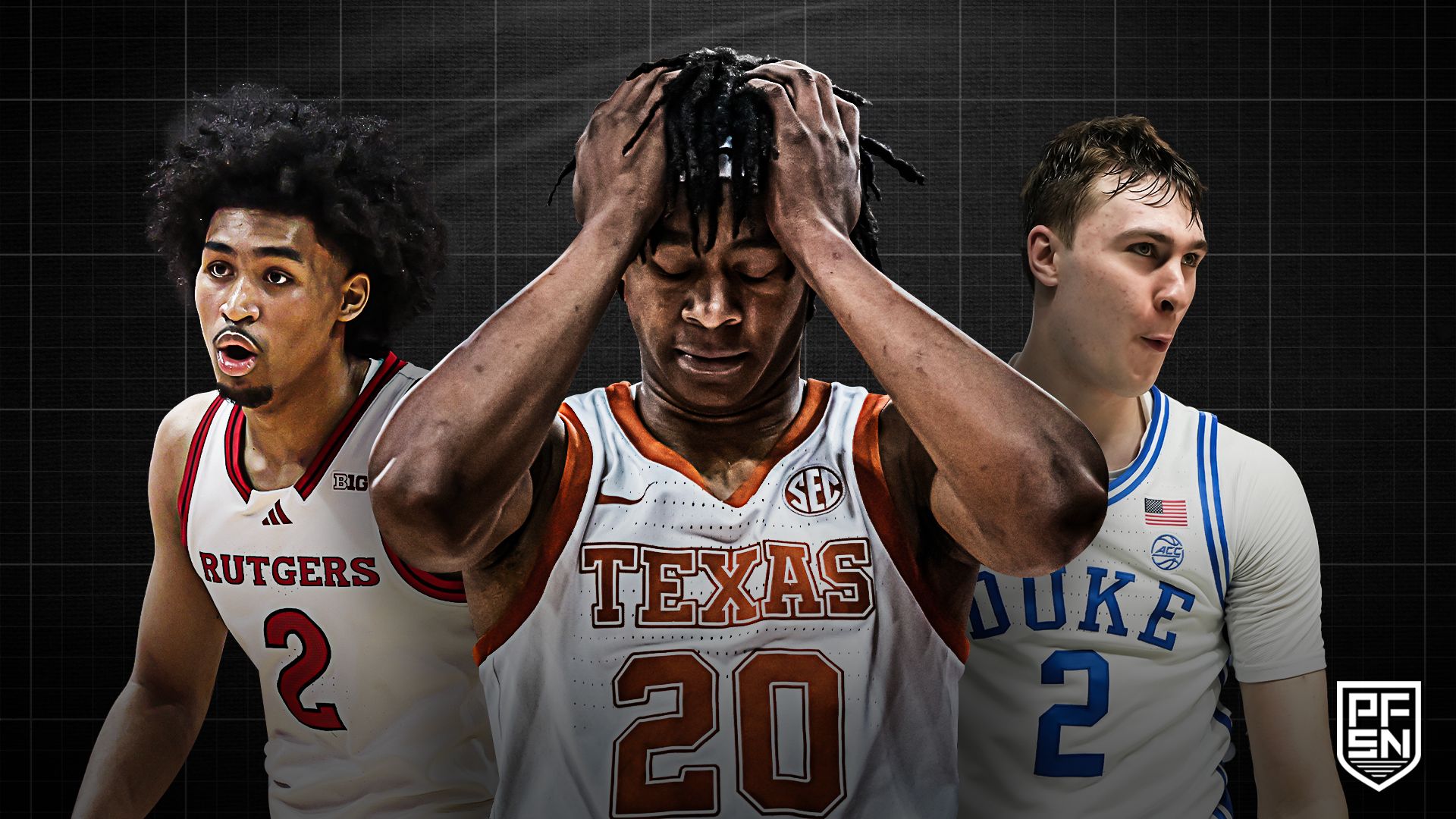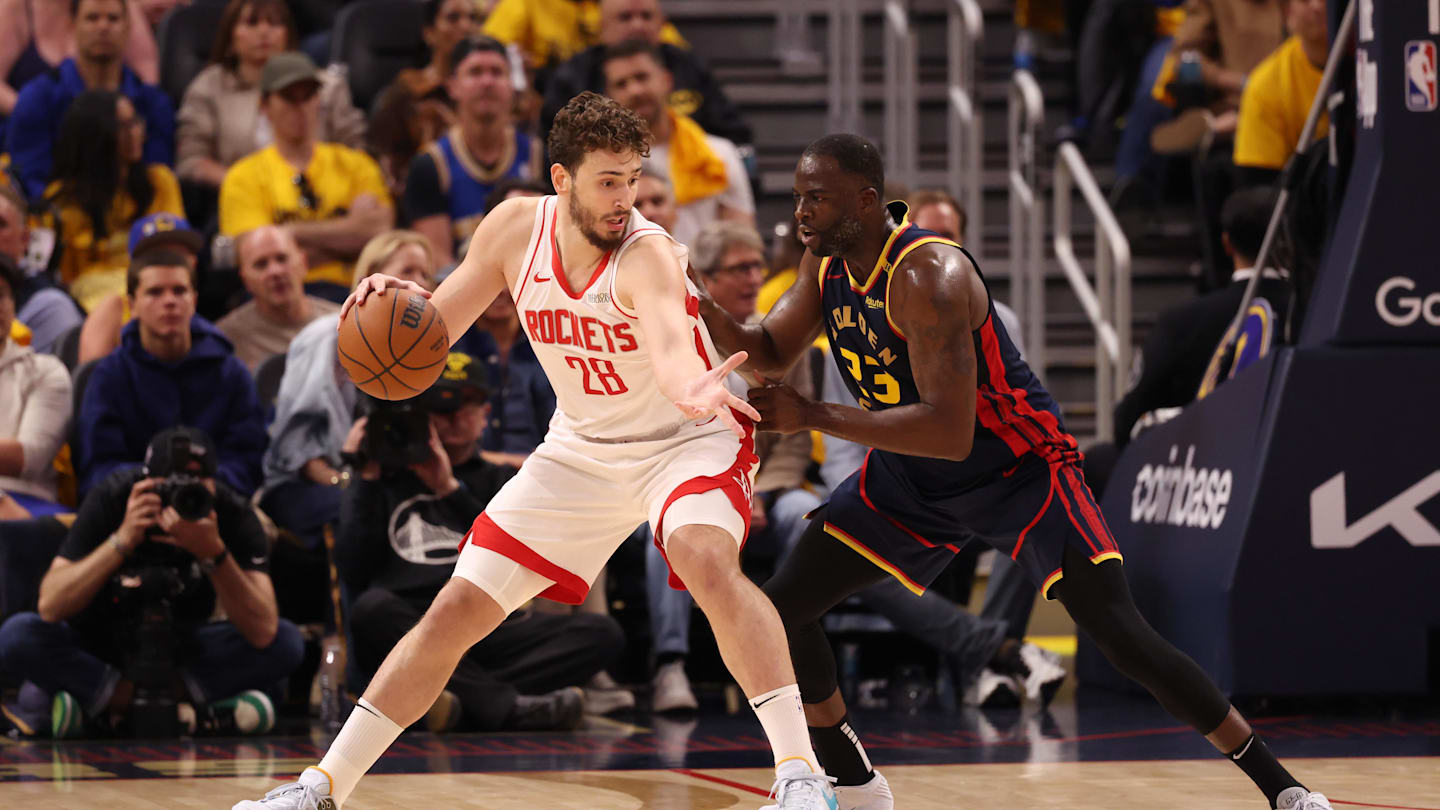One of the most important stages of NBA Draft Class evaluations doesn’t begin until the college basketball season ends. It’s not the combine, nor anything to do with any specific prospects. Instead, it’s the NBA playoffs.
While no draft prospects make an impact during the playoffs, it serves as a representation of the league that draft picks will eventually bring value in. The playoffs demonstrate winning formulas and impactful archetypes in the current NBA while underscoring growing trends in the landscape of the league. These insights help evaluators theorize which players can truly bring value in the years to come. One of the most significant aspects of this is the comparison between prospects and postseason contributors. While there aren’t any one-to-one comparisons, an examination of these parallels can contextualize a prospect’s potential value adds and pitfalls at the next level.

In this year’s class, nobody has drawn comparisons quite as much as prospective No. 1 overall pick Cooper Flagg. While there are many valid comparisons for the 6-foot-9 forward, two current top-50 players best contextualize Flagg’s NBA projection. One of these players has never made an All-Star game, while the other is an MVP-caliber superstar. Flagg could end up at either of their levels, or anywhere in between, but more importantly, these two forwards demonstrate different ways in which the 18-year-old former Duke Blue Devil can impose his will at the next level.
Comparison 1: OG Anunoby

Anunoby has never made an All-Star game. He most likely never will. However, he is one of the league’s most valuable two-way forwards by leveraging a skillset similar to what Flagg brings to the table. Anunoby has a great argument as the league’s most versatile on-ball defender, often taking primary point-of-attack assignments against opposing ball handlers as well as primary assignments against centers. In both roles, he disrupts offenses with his switching ability while making off-ball plays as a help defender at every level. Flagg possesses the physicality, quickness, length, and ground coverage to dominate as a versatile forward defender in a similar way that Anunoby does.
Alone, this type of impact won’t make Flagg a superstar, however, this highly-valuable role shows how Flagg can get the most of his incredible defensive talent. If he builds upon this baseline with furtehr dominance as a rim protector, this mold could lend way to DPOY-type impact for Flagg.
Comparison 2: Jayson Tatum

Flagg has cited Tatum, Duke’s best-ever talent, as his favorite player in interviews. Beyond their alma maters, there are many other parallels between the two 6-foot-9 forwards. For example, both players make a sizable all-around impact while ultimately starring as off-the-dribble perimeter creators.
It would be ambitious to expect Flagg to handle the ball on a string or knock down side-step threes like Tatum, but he can create offensive opportunities in a similar way to the NBA Champion. Flagg is already proficient at mixing his length and physicality with shrewd footwork and soft touch on drives, while scanning the floor as a passer. The ability to draw help on drives and make plays, no matter the matchup, is ultimately what makes Tatum one of the league’s best creators, and is the path to Flagg bringing star value on this end. Even if he can’t get to Tatum’s proficiency in terms of creating drives off-the-bounce, he can bring a similar level of versatile rim pressure while leveraging his budding live-dribble playmaking acumen to create opportunities for teammates.



